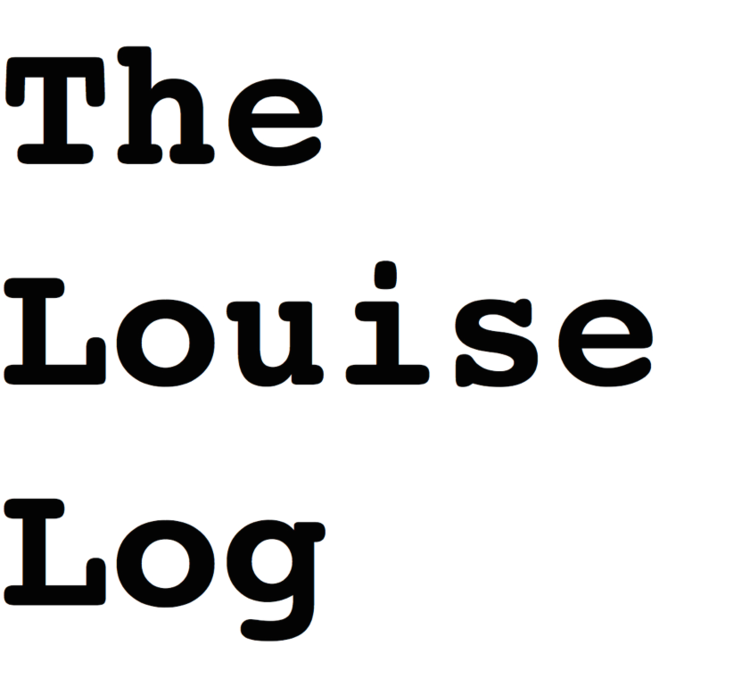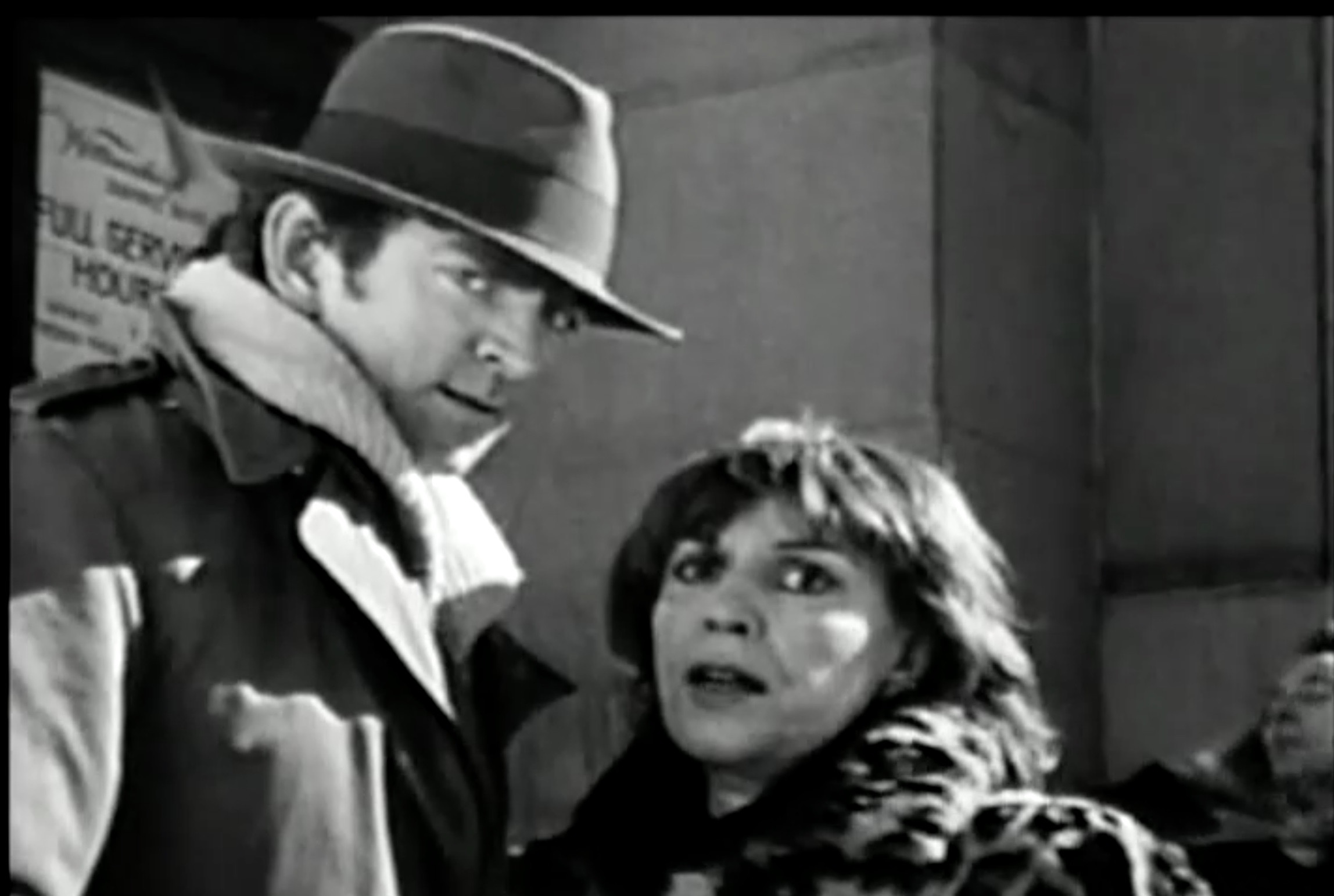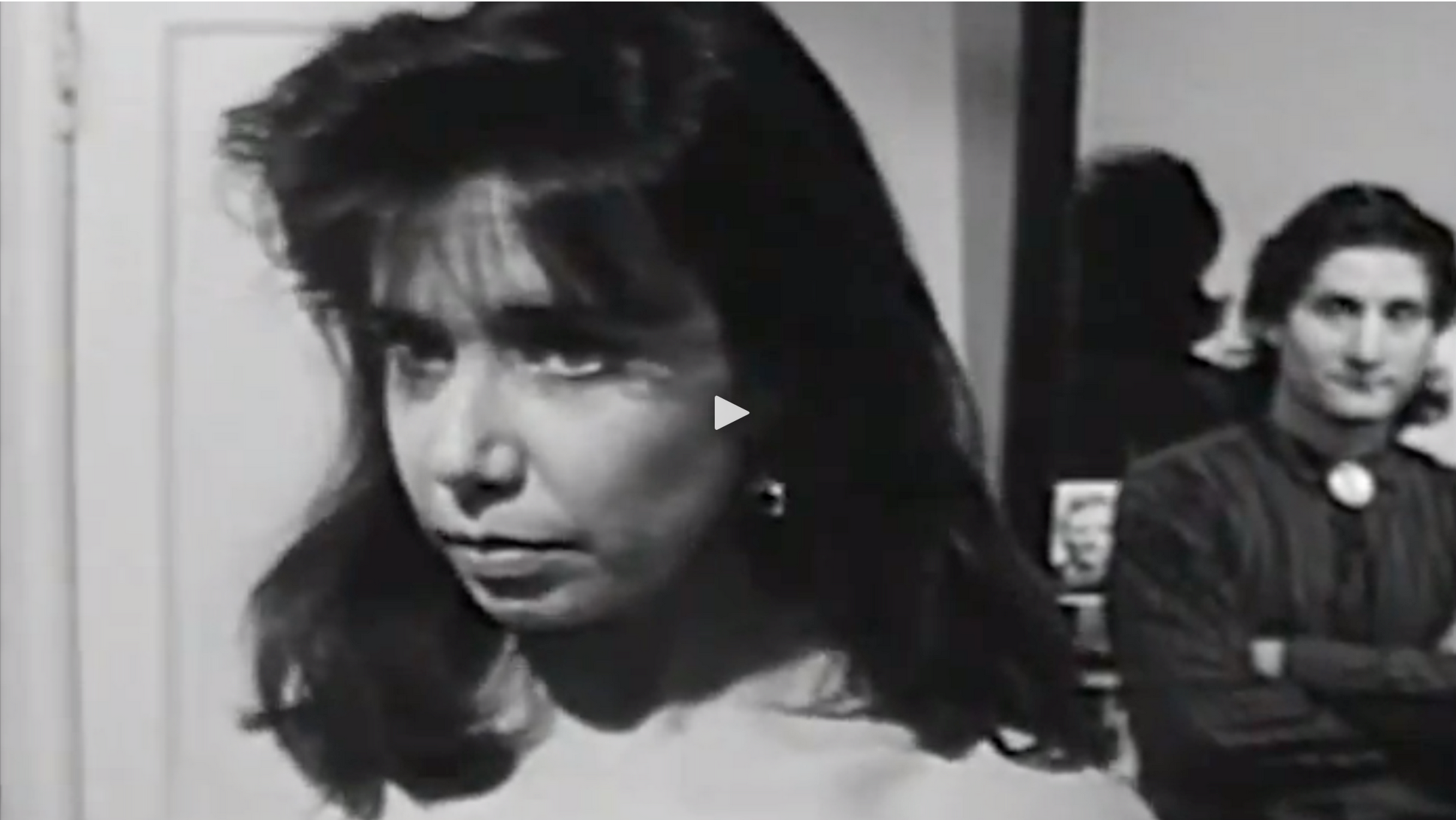And so last Friday morning I set off to meet Lynn, someone I’ve known for almost forty years during which time she has worked in top positions in Development.
When I was trying to make the leap from shorts to a feature, Lynn was the one who suggested that I give her a call each day before I’d sit down to contemplate the ream of blank pages I would have to fill to write a feature film. She further encouraged me to give her a call five (or two hundred) minutes later, whenever I finished. Without her support and encouragement, it’s an open question if I would ever have made “How To Be Louise”.
And so, sitting under this auspicious grouping of photographs, I explained that after Thursday night’s pitch fiasco with Mr. Green, I was going to try to wing it, abandoning all the preparation of the past weeks and flying by the seat of my pants.
Lynn chuckled and encouraged me to give it a shot and so I dove off the high board, (this is a metaphor) pitching the essential short summary (the so-called ‘logline’), relating it to my own life experience.
Lynn listened, beaming at me with love and acceptance even when, after the opening summary, my pitch became somewhat scattershot. There were some good moments and at these Lynn nodded and called out ‘YES’. There were also a number of weak moments which began to overwhelm the good moments and so, after a while, I ground to a halt, admitting that I had lost my way.
We sat for well over an hour while she brainstormed what directions I might take, what points seemed essential and in the meantime, she came up with evocative and hilarious language to get the substance and the tone across in the fewest number of words.
She reminded me that this pitch was going to be a work in progress, that the people I’d be meeting would also have suggestions on how to improve it and that it might be a good idea to set up a camera on a tripod and practice practice practice it.
It’s funny that I left feeling neither elated or dejected as I’d imagined I would. Instead I left with clarity that this job is a big and new challenge which has mostly to do with letting go. It has to do with radical self-acceptance and with figuring out a way to connect the points I need to make to my life experience so that it comes out as naturally and effortlessly as an anecdote.
Naturally I was so thrown by going out to do this first serious practice that I ran out the door leaving my house keys in the house. There’s certainly at least one telling metaphor in that ... the deciphering of which will have to wait for another day.
Check back on Wednesday to hear about TODAY'S meeting! And if you got even a shred of pleasure from reading this, please scroll down and click the Like button. I love that.







































